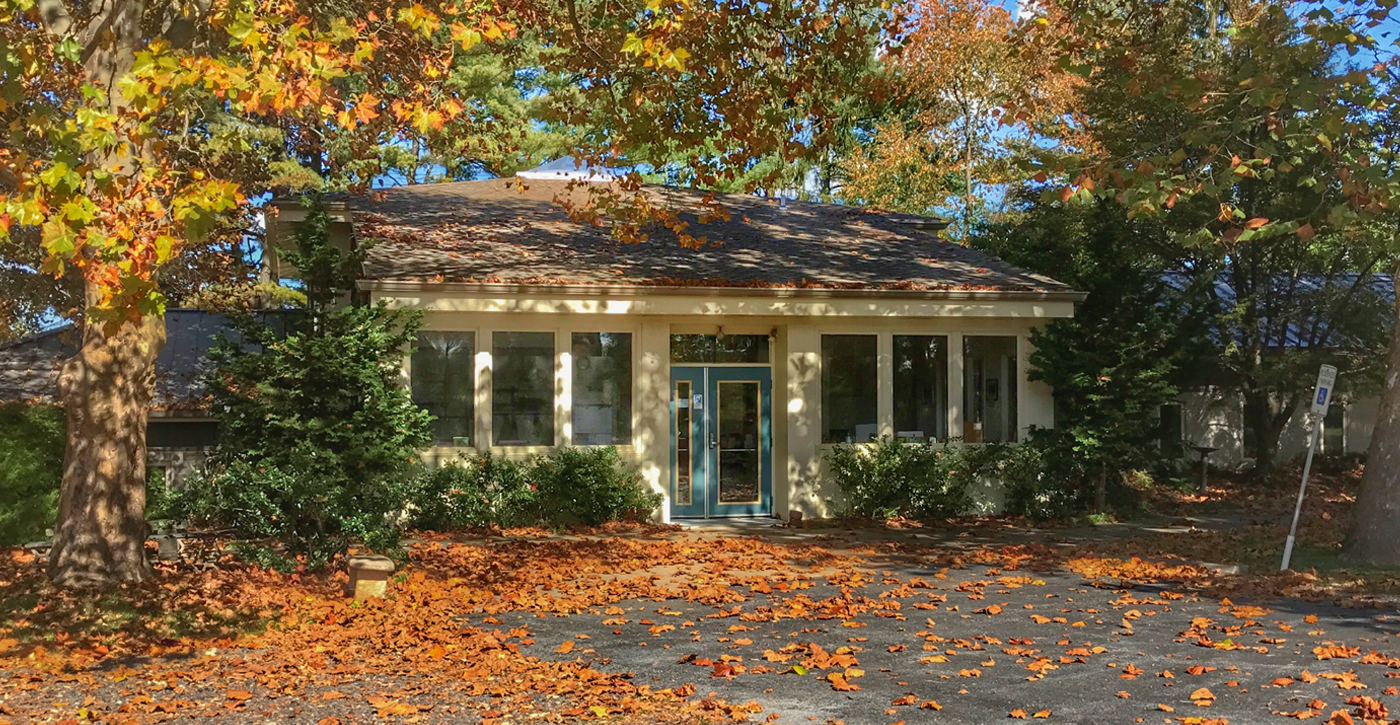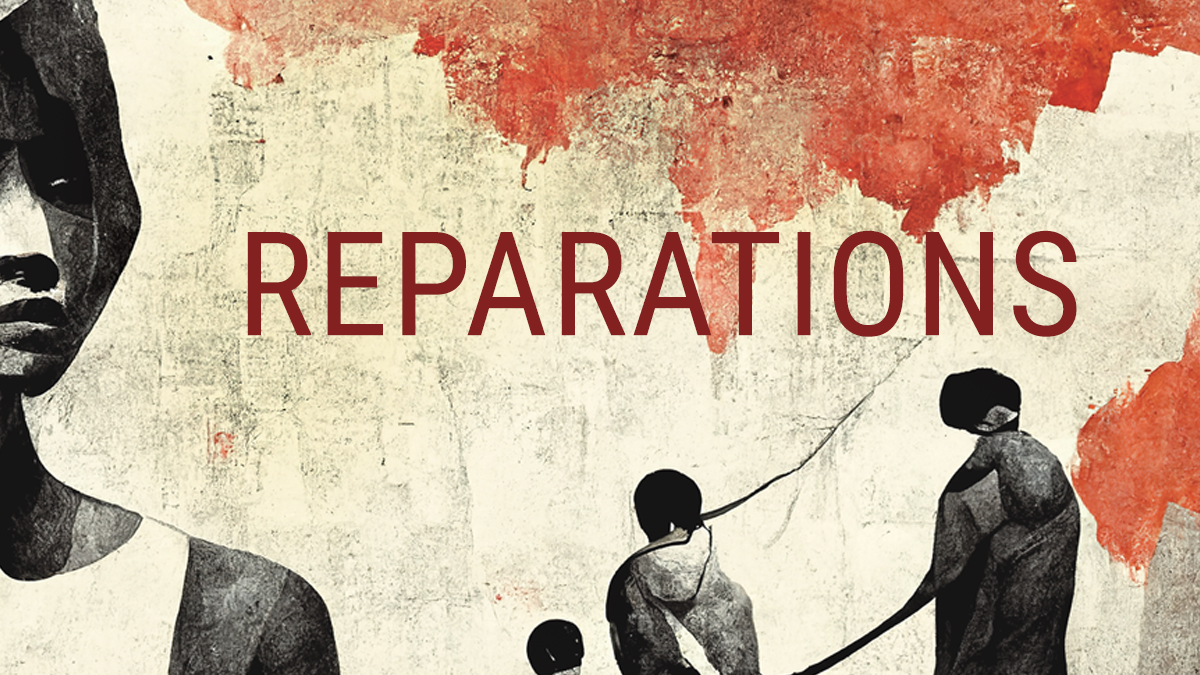Palo Alto (Calif.) Meeting was truly inspired by the Friends Journal special issue on Friends and Money (July 2006). I n response, the meeting’s Finance Committee organized four discussions as a series, looking at the meeting’s budget, considering investment strategies that express our social values, and examining our personal financial choices. We also had a presentation about a new employee-owned cooperative, founded by a young man who had grown up in our meeting, which enables workers with little education and training, often low-paid and exploited in the housecleaning industry, to own and manage their own company. While not Quaker-sponsored, this enterprise seems truly in keeping with Friends values.
While preparing the budget for 2009, the Finance Committee reviewed the four categories presented in the FJarticle and found their relevance had held up well. We slightly reworded them as:
- Physical/practical operation of our meeting organization.
- Development and nurture of the meeting as a community.
- Witness/outreach/service to non-Quaker world community life.
- Contributions to Quaker organizations, (regional, national, and international), beyond our own meeting.
Our 2009 budget agreed closely with the model described in the FJ article. That article probably is most relevant to a mature meeting that is not struggling for survival, and our meeting is one such meeting.
But Friends contribute more than just their money to our meeting and we wondered if the same model holds up for the many volunteer hours that we all spend on our meeting’s behalf. We did a thorough—but very informal—process of collecting volunteer efforts, which is summarized below.
Background:
Palo Alto Meeting’s Finance Committee became interested in the amount and distribution of meeting activities as described in the July 2006 Friends Journal issue on money. Following study sessions of that issue, the Finance Committee decided to revisit the concept by setting up a study not only of the annual distribution of its dollars through its budget process, but also, as an entirely new venture, a parallel distribution of the personal efforts of meeting members and attenders during 2008. The hope was that the results will help the meeting appreciate its many efforts in different areas. While numerical data cannot possibly capture the quality, meaning, and spiritual depth of the meeting’s activities, it may highlight the degree to which members contribute to the meeting practically and as a community; to social needs in the local area; and to Quaker organizations on a West Coast, national, and even international level.
Summary of 2008 volunteer hours:
Information on volunteer hours was contributed by 51 individuals, and additional hours were estimated. The result is an approximation and undoubtedly understates the true amount of service given. The total number of hours reported is 10,343 for the year, a figure that is equivalent to five full-time employees, or somewhat more than 100 hours per year per volunteer. (Over half of our members and attenders reported hours and the remainder were estimated.) However, it seems worth noting that this work represents over $250,000 per year, at modest local nonprofit employee rates. Of the hours of effort, 54 percent were for projects outside of our own meeting, and 46 percent were for the meeting itself (both practical operations and nurture of the community).
Below is the breakdown of the hours in four categories. Following that is the background: how the project was conceived, how it was carried out, and suggestions for its future. The percentage of budget dollars for 2008 is also presented.
Practical Operations
Buildings and grounds, finance/treasurer, clerk, records/archives, newsletter/directory, information technology, Nominating, and half of Oversight: 2,585 hours, 25 percent of total. Budget 44 percent of total.
Community Development and Member Nurture
Includes First-day School and Teens, Library, Hospitality, Visiting, Transportation of individuals to meeting, Caregivers Group (organizing and hosting), Worship and Ministry, and half of Oversight: 2,971 hours, 29 percent of total. Budget 23 percent of total.
Outreach and Community Service to Local Non-Quaker World
Hunger and homeless services (Ecumenical Hunger project, Hotel deZink, monthly dinner preparation), Stanford Students, Peace and Social Action Committee, Unity with Nature, and El Salvador Project: 1,815 hours, 18 percent of total. Budget 9 percent of total.
Service to Quaker Organizations Beyond This Meeting
The services of 15 people reporting individually for Pacific Yearly Meeting, College Park Quarterly Meeting, Western Friend, Friends Journal, Ben Lomond Quaker Center, Friends Association of Service for the Elderly, Sierra Friends Center, and Friends House Moscow (1,793 hours for Quaker organizations); Harvest Festival and Friends Committee on Legislation (19 people reporting individually, plus estimate); 1,085 total hours of service to Quaker Organizations: 2,972 hours, 29 percent of total. Budget 23 percent of total.
Method:
Katrina Smathers carried out the study in January 2009, asking members to report on their activities in 2008 as they reflected on their past year. Individual emails were sent to the 91 individuals listed on the current Nominating Committee report so that all who wished to participate could do so. Follow-up emails and personal conversations elicited about 52 responses. Many individuals participate in more than one activity, often changing their roles when the committee assignments change each September. Reported hours were tabulated on a spreadsheet, data checked and rechecked, and then they were combined and reported in four groupings suggested by the Friends Journal article that had inspired this project. Estimates were then added, admittedly subjective, to round out activities not fully reported.
Assumptions:
- Travel time of individuals to meeting and other activities was not included.
- Non-Quaker activities of individuals (such as election volunteering, or helping neighbors) were not included.
- The meeting’s involvement in AVP and the Teen Trip to El Salvador were not included, because of lack of information. It would be desirable to add these activities if information could be obtained.
- Time involved with the Haiti Project was not included, since its relation to the meeting was not yet clarified when the study was done.
- The time reported by the Clerk was reported under Category One (because an organization of any kind requires the services of a clerk or chairperson) but it is recognized that much of that person’s effort also contributes to Category Two.
- The time reported collectively by members of Oversight and its clearness committees was reported half under Category One (because any organization needs some kind of central "board") and half under Category Two, since Oversight spends much time on the welfare of individual meeting members.
Note on method:
This report is a first, highly approximate attempt to look at non-monetary efforts made by Palo Alto Meeting. It is undoubtedly a major understatement of time actually spent. Some arbitrary assumptions have been made, as noted, that may not be totally valid. For further information, contact our Treasurer, Bill Bauriedel, by email at bill.bauriedel@stanfordalumni.org.




